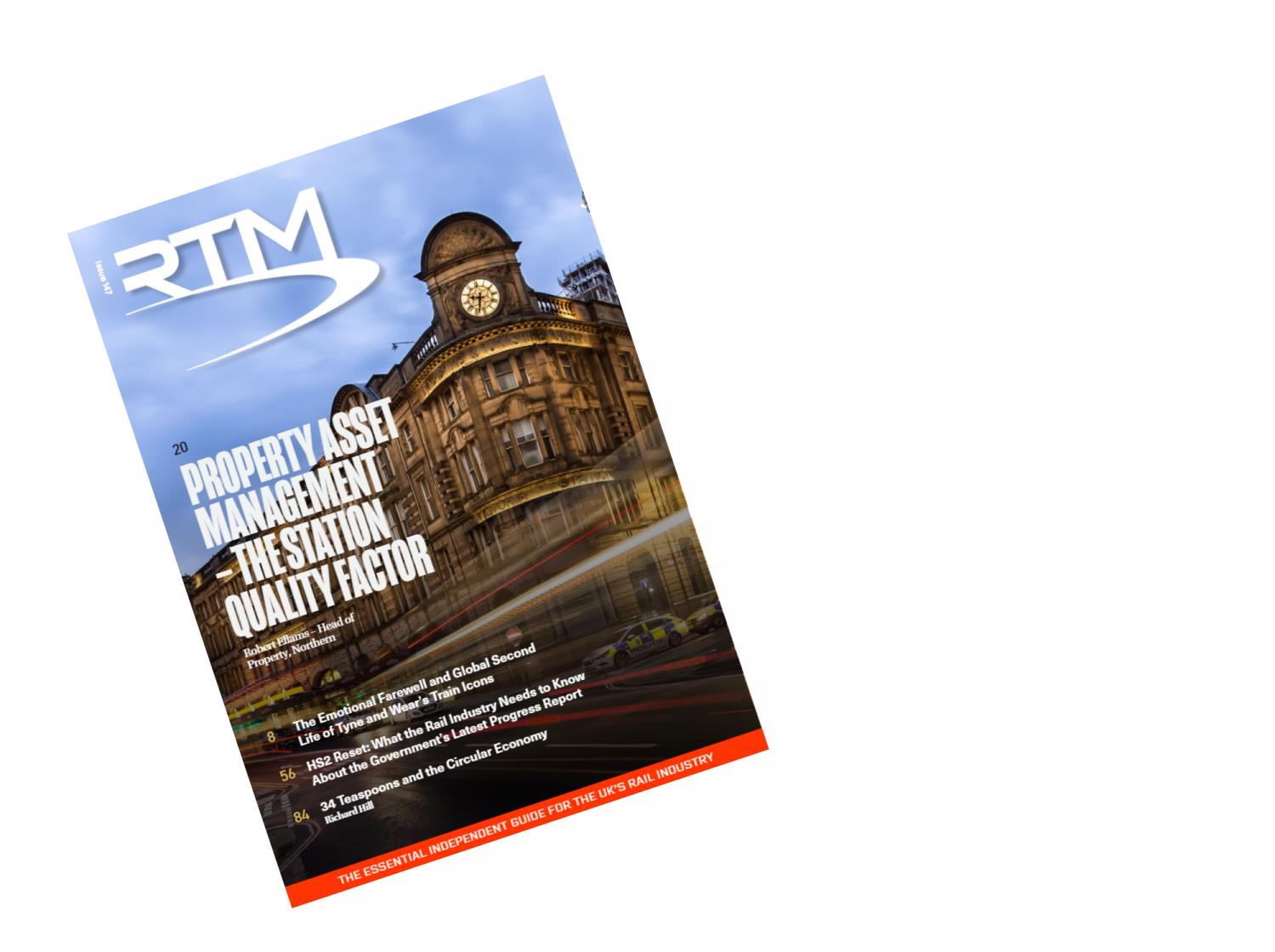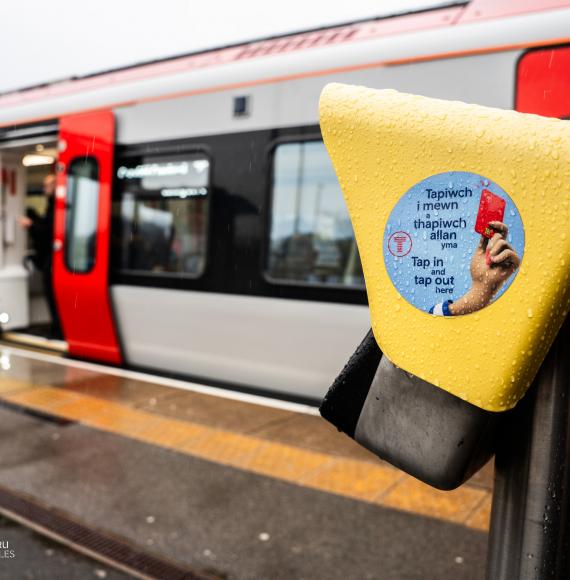Alstom has successfully delivered a new signalling system for South London. This upgrade aims to improve reliability for passengers travelling to and from Victoria station, the UK's fifth busiest railway station.
In the early hours of November 2nd, Alstom's Digital and Integrated Systems (D&IS) team commissioned the new Tulse Hill Smartlock Interlocking system. This system is controlled by Alstom's latest-generation Modular Control System Infinity (MCS-I) workstation, which connects the railway to Network Rail's Three Bridges Rail Operating Centre. This enables remote signalling control and automatic route setting.

Alstom's new signalling system is now operational across Tulse Hill, Peckham Rye, and Crystal Palace, benefiting Southern, Thameslink, London Overground, and freight services. The new system replaces outdated equipment that had been in use since the early 1980s.
Peter Mills, Victoria Phase 4 Project Director at Alstom, expressed pride in his team's achievement:
"I am incredibly proud and humbled to have been able to lead such a driven, committed and determined team that has achieved this milestone, and I would like to extend my thanks to all those involved."
Mills also highlighted the significance of this achievement for future projects:
"This commissioning will set the tone for Victoria Phase 5 to introduce further Alstom hardware into Three Bridges Rail Operating Centre and cement Alstom as a key delivery partner in the Southern Region going forward through Control Period 7 and into Control Period 8."

As part of the Alstom commission, engineers installed 23 kilometres of new signalling, power supply, and telecoms cables, 61 new signals, upgraded power supplies, and removed the old system for recycling.
An interlocking system authorises train movement and ensures safety conditions are met. It operates points, signals, and level crossings, checks rail sections, establishes routes, and prevents conflicts.
Alstom's digital interlocking technology transmits train control information digitally via the IP network, providing enhanced coverage. This enables signals and points to be controlled at greater distances, improving capacity, processing speed, and maintenance efficiency.
Image credit: Network Rail
















